Motorola Droid RAZR Review - A Better Clad Bionic
by Brian Klug on December 16, 2011 2:01 AM EST- Posted in
- Smartphones
- Droid
- LTE
- 4G
- Motorola
- Android
- Mobile
- Droid RAZR
- motorola droid RAZR
Software - Android 2.3.5
As of this writing, the RAZR is running Android 2.3.5, and in almost any other context it’d be easy to applaud Motorola for shipping close to the absolute bleeding edge branch of Android 2.3, but there’s no way to ignore the fact that this isn’t Android 4.0. It’s a bit unfortunate for everyone that we’re seeing a repeat of last year with devices on the market running an older version of Android than what’s currently available on AOSP, but porting and certification takes time. We’ve outlined it already, but Motorola has stated that the RAZR will get its own Android 4.0 Ice Cream Sandwich update before 2Q 2012, but that’s a long potential 6 months to wait for the latest version of Android - a quarter of your 2 year contract.
The flipside of the argument is that it’s at least guaranteed to happen sometime before then, and thus the more important comparison for the RAZR becomes how its hardware compares to the Galaxy Nexus, which we’ll talk about in the context of that device review. The short thing to note is that the two are both based on an OMAP4 SoC, so performance will likely be close between the two.
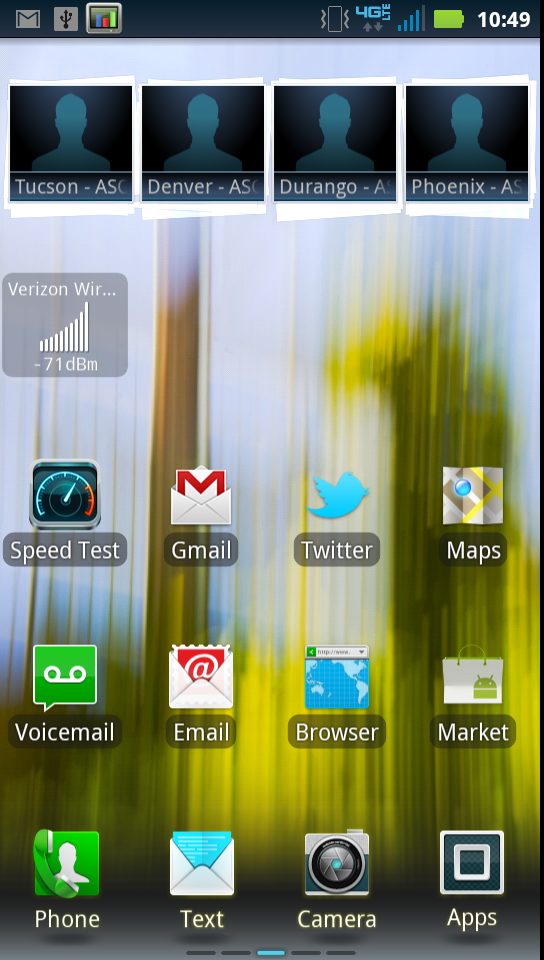
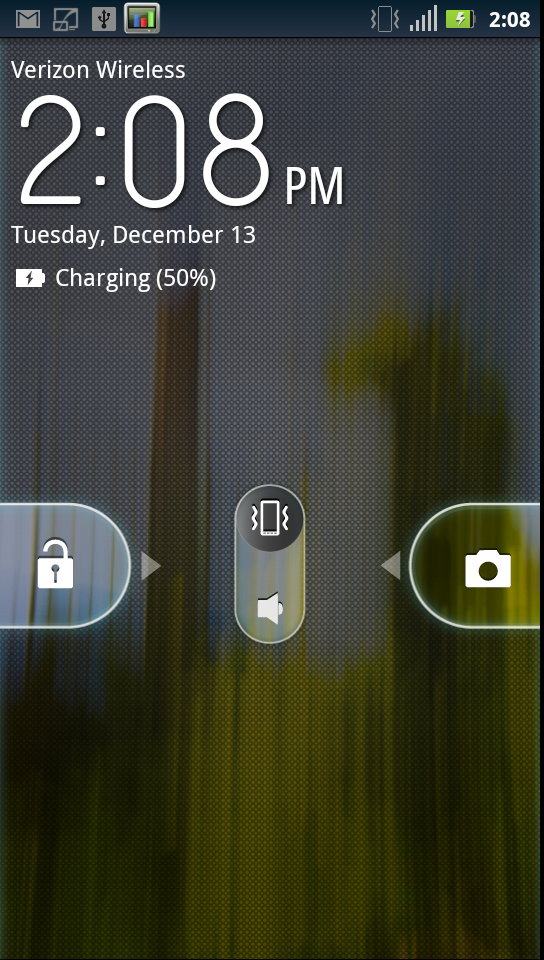
Anyhow, Android 2.3.5 on the RAZR is almost identical to the software and Blur skin we saw running on the Droid Bionic. That is to say, both come with Motorola’s not-Blur motoblur skin replete with resizable widgets, 3D launcher with a paginated 4x5 grid of icons, Motorola’s own slightly tweaked home screens, blue and grey Android UI colors, and basically the same software preload, but that’s not to say there aren’t some major changes.

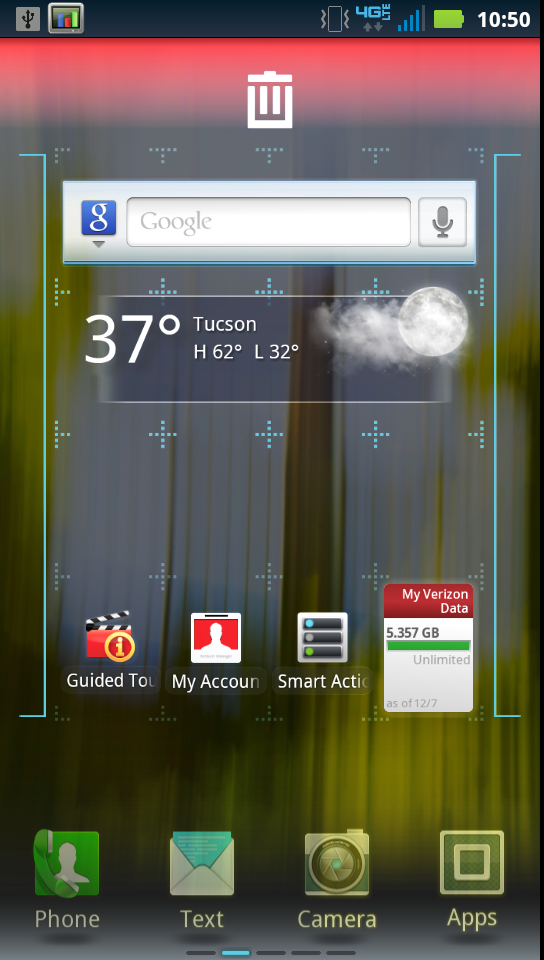
If you recall back to the Bionic review, I noted that device’s Blur version, which was 5.5.886. On the RAZR, Blur is now:
Blur_Version.6.11.777.XT912.Verizon.en.US
This change incorporates a bunch of new features. First up is a new lock screen with a quick shortcut that gets you right into the camera (something that basically everyone seems to be doing right now) and still gives the same vibrate/silent and date/time informatics at the top.
The other big change is the addition of so-called “Smart Actions” which really are location, time, and other trigger defined rules. There are a variety of preconfigured samples that you can tailor and build off of, for example to silence your phone when your location is at work or between certain hours, or remind you to charge your phone before sleep. It’s similar to Reminders for iOS but with more system integration and using other hooks in the OS for doing more than just location or time based alerts.
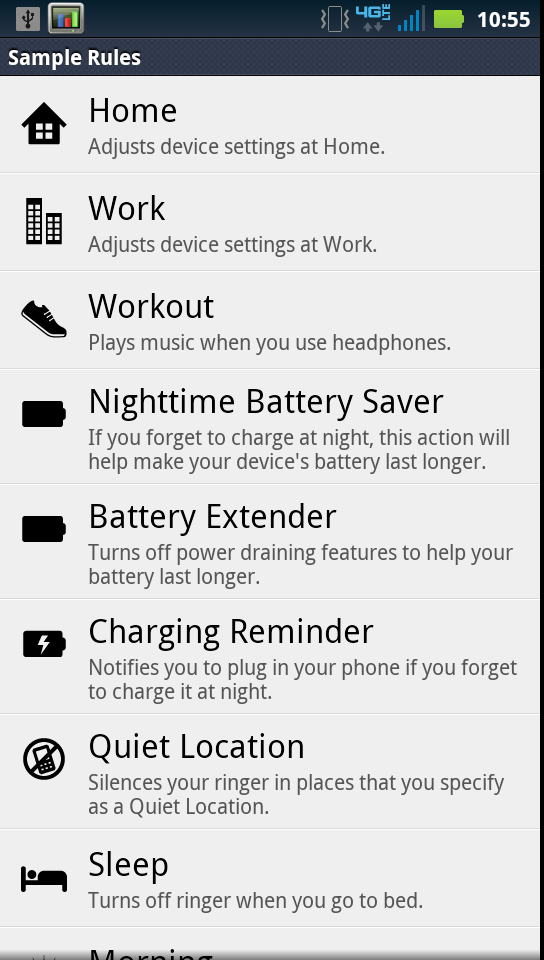
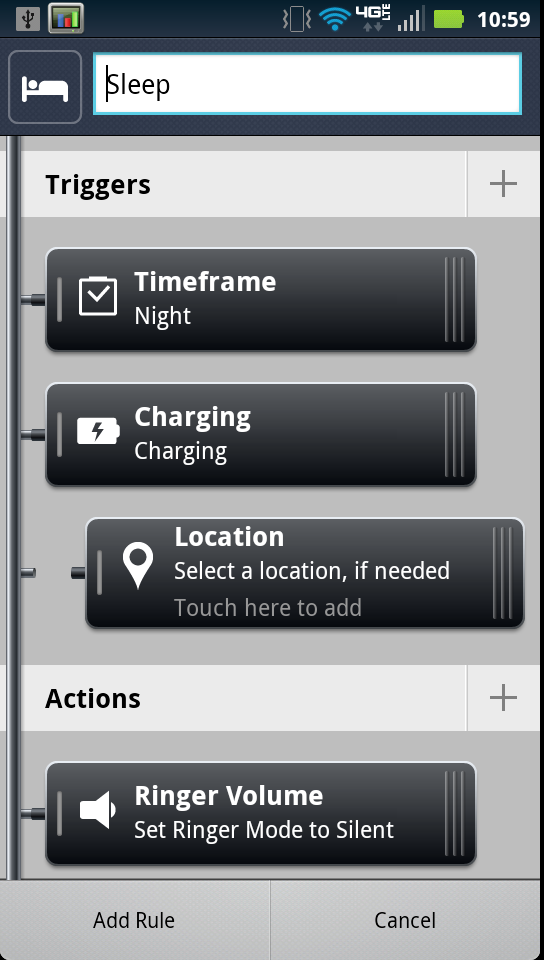
I usually have all my mobile devices on vibrate all the time, but having time and location-triggered silence mode is a far-overdue functionality for smartphones. It’s a lifesaver if you’re in a workplace or classroom where email and SMS alerts are frowned upon - or worse.
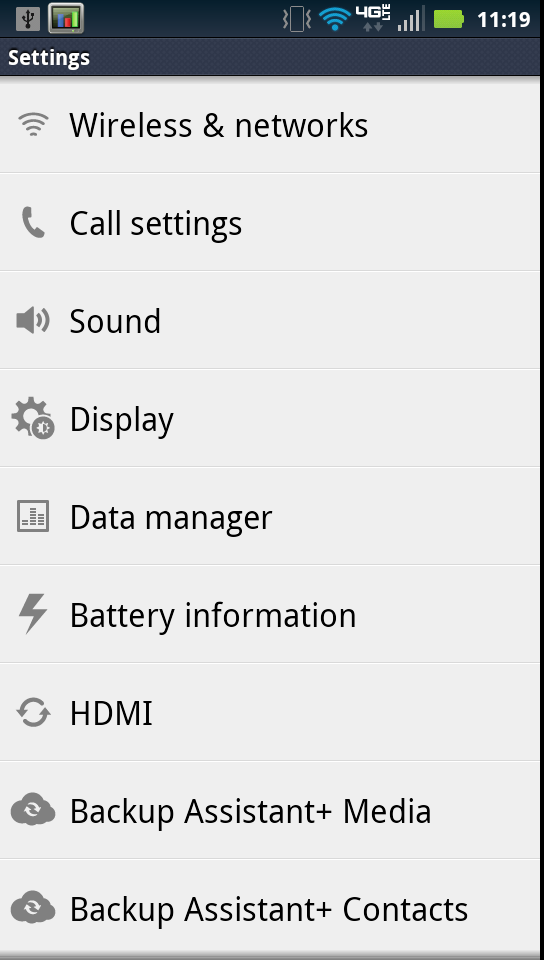
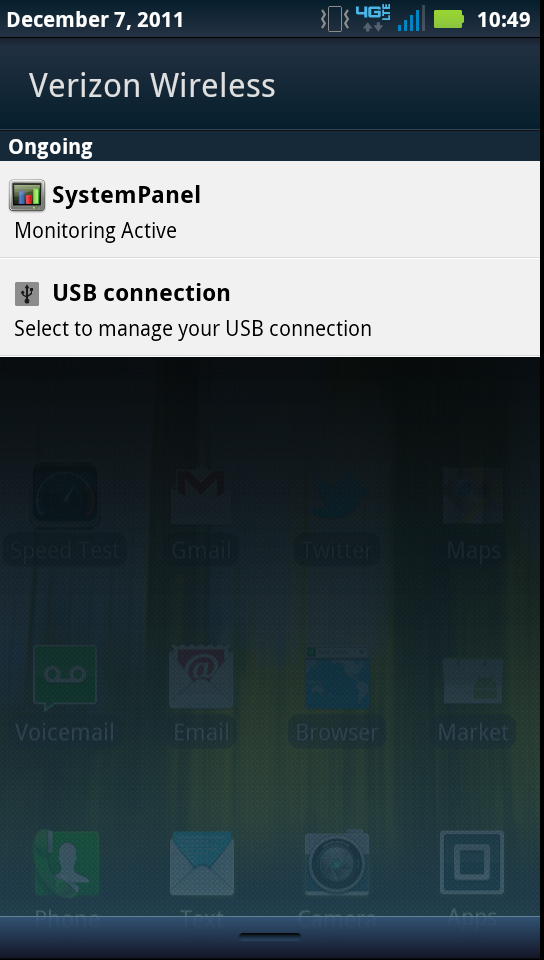
The other big change (and a welcome one) is the relocation of Motorola’s battery management and sync restriction system under the smart action umbrella. I’ve complained a few times in other reviews that both other tech press and end users are confused by the default power saving setting on the previous builds of Blur which disabled account sync between some hours. This is now totally removed and again an optional smart action (battery extender or nighttime battery saver). Instead, under settings is “battery information” which just gives you the percentage and a shortcut to Android’s battery use view.
The rest of Android on the RAZR is again much the same as other Motorola devices of this latest generation. There’s no doubt that Motorola’s suite of skins and customizations will also roll over to its Android 4.0 port - as they’ve noted in blog posts a few times already - the question is what that will look like when the time comes.
The storage situation on the RAZR is important, again you get 16 GB of internal NAND and a microSDHC port that’ll take up to 32 GB cards, and out of the box you get a 16 GB class 4 card preinstalled. Of course, that 16 GB of internal NAND can be divied up in multiple ways, but running df clears things up.
Filesystem Size Used Free Blksize/dev 460M 380K 459M 4096/mnt/asec 460M 0K 460M 4096/mnt/obb 460M 0K 460M 4096/system 636M 402M 234M 1024/pds 3M 1M 2M 1024/preinstall 605M 440M 164M 1024/data 3G 518M 2G 4096/cache 1007M 17M 990M 4096/osh 1G 1G 275M 2048/mnt/sdcard-ext 14G 432M 14G 8192/mnt/sdcard 8G 47M 7G 8192
There’s an 8 GB internal storage partition which works like an SD card (/mnt/sdcard), 3 GB for applications (/data), and then the 16 GB /mnt/sdcard-ext partition which is actually the external card. I’m assuming the rest of the space from that 16 GB of NAND is actually used for the lapdock.










76 Comments
View All Comments
Devo2007 - Friday, December 16, 2011 - link
Brian Klug - Friday, December 16, 2011 - link
Motorola a few times made specific note that their skin isn't called Blur, even though in build.prop and relevant places, it's called "Blur." I guess it all just boils down to semantics. :)-Brian
yas69 - Friday, December 16, 2011 - link
S2 benchmark values are different with November/December stock firmware.I get 1130 on vellamo with recent S2 firmware. Sunspide/Browsermark values are better than also higher than Razr.
Brian Klug - Saturday, December 17, 2011 - link
What ROM and browser are you tesing in? I can't get any higher than what's in the article on our UK SGS2 with the latest ROM from Kies.-Brian
yas69 - Sunday, December 18, 2011 - link
I9100XWKK2 / I9100XWKL1 both perform better than previous versions.yas69 - Monday, December 19, 2011 - link
sorry.I9100XWKK2 (2.3.6)
Vellamo = 1161
sunspider = 1980
browsermark = 78014
lemmo - Friday, December 16, 2011 - link
Thanks for the review, but do you have any more info on audio quality in terms of music playback? You are saying that it is an improvement over the Bionic but how does it compare to other phones like SGS2 and iPhone?Your detailed review of audio quality on the SGS2 was really helpful and I thought you were going to include this testing methodology on all smartphone reviews from now on...?
kishorshack - Friday, December 16, 2011 - link
Even i expect the same thing brian klug it would be awesome if you update this review someday :)Brian Klug - Saturday, December 17, 2011 - link
We're definitely going to do some more in-depth audio testing, it's something new to me but we've finally got the hardware and methodology, just have to interpret results. I did link to the RMAA runs from here for your own perusal, which we're going to talk a bit more about in the Galaxy Nexus piece.-Brian
lemmo - Saturday, December 17, 2011 - link
Thanks Brian that's great news :)As I asked in my comment below, will you do a comparative audio test with other phones when you do the Nexus review? The test results for just the phone you're testing don't mean much unless we know how they compare. Cheers